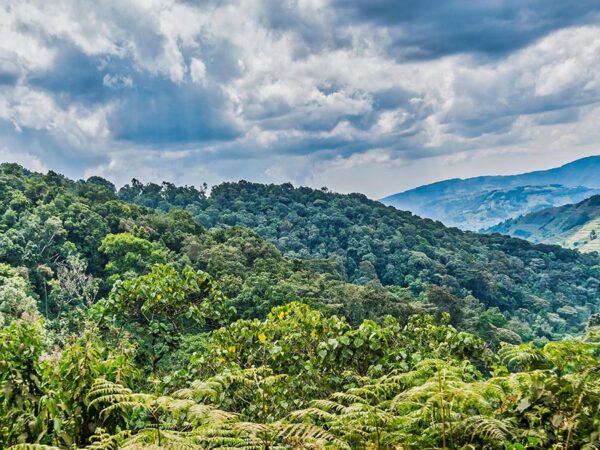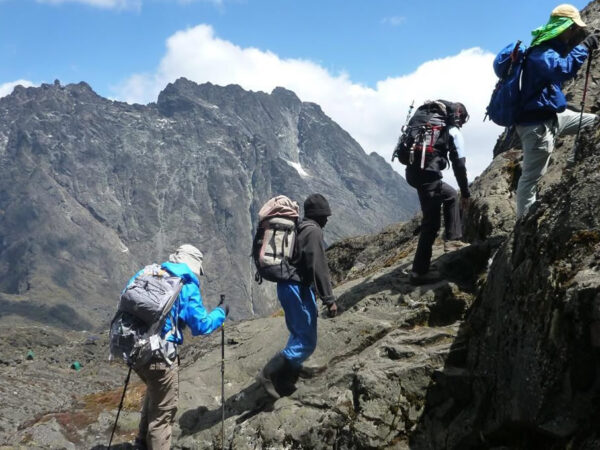Nature frozen in Time at the Entebbe Botanical Gardens
Never mind the January to March dry spell, at the Entebbe Botanical Gardens, the flora and fauna is perpetually green. The manicured lawns are inviting to those who want to relax under the shade of the huge trees.
The gardens are not just for nature lovers; musicians such as Jose Chameleon have shot their music videos here, and many newly married couples come here for photo shoots. A number of movies also contain scenes shot here. The gardens have a natural rainforest with pathways for those who want to stroll under its cooling foliage.
On our visit there, we chose to stroll through the forest and got to the ornamental section of the garden.
The newly planted ornamental plants are a sight to awaken all senses — touch, vision and smell.
We could not resist picking some of the flowers to feel and take in the scent.
Our guide, Madina Kasoma, who is also the nursery attendant, interrupted our brief romance with the flowers. “We sell some of the plants and flowers and also propagate to replace old ones,” she explained as we moved on to another section.
The Entebbe Botanical Gardens is the country’s sole plant conservatory with a gene bank. It is situated on the shores of Lake Victoria, a few minutes away from the Entebbe International Airport, making it an ideal stopover venue for travelers in or out of the country.
Founded by the British colonial government in 1898, the 40.7acres garden continues to serve its purposes — education, conservation, recreation and research.
Researchers use the gene bank that keeps collection of seeds of different plants while the garden provides a research base for plants.
Another section offers a variety of plants with medicinal properties. The guide led us to two huge trees, said to be over 100 years old.
The trees have long tap roots, where vervet monkeys play, breastfeed young ones or groom each other.
The Botanical Gardens are perfect for school field studies, as it offers a lot on the country’s biodiversity and conservation efforts.
For the first time I saw the tea tree, which is used in the manufacture of cosmetics, and is nothing like the tea bush grown for brewing. This one is big and has seeds.
There is also an orchard, but being off season, we did not find any fruits. Madina said the fruit season means a scramble between the monkeys, birds and people.
A plus for the gardens are the several bird species such as the water birds that can be viewed at the beach. Tourists favorite though are the black and white Columbus monkey the dragon spiders and the rainforest.
The latter offers relief from the high early year temperatures and a staircase for easy descent down the hill to a well-maintained clearing through which clear water gently meanders out of a natural spring in the middle of the forest.
The water creates a “river between” the two rain forests in the garden. Our guide informs us that the spring has never dried even during the driest of spells.
The staircase leads us to the rock gardens. “We use these plants to educate people that some plants can grow on the rocks. So after touring you can sit right here,” said our guide pointing to the rock.
The design of the gardens is alluring. Not only does it attract conservationists, researchers and learners, more and more tourists are visiting.
On average, John Wasswa Mulumba, the garden’s curator says between 10,000 and 16,000 people in small groups visit the gardens annually.


